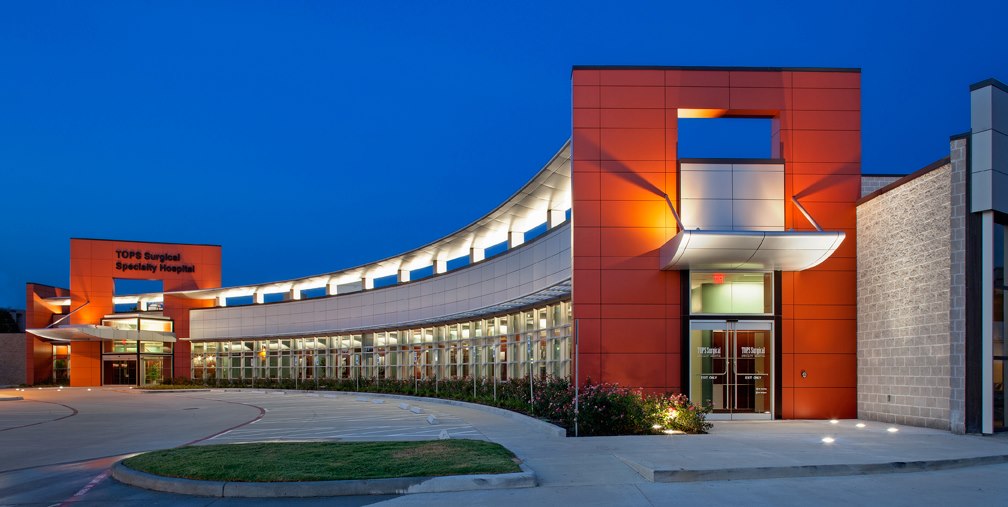
There are currently about 3.8 million women in the U.S. who have breast cancer. Based on these statistics, it’s estimated that about 12.9 percent of American women are likely to be diagnosed with breast cancer at some point in their lives.
But despite breast cancer being the most common type of cancer in the U.S. and the large amounts of information available, people still are incredibly misinformed about it.
Years ago, breast cancer was seen as a death sentence, but with advanced breast cancer treatment and technology, that’s simply not the case anymore. The survival rate for women with breast cancer is the best it has ever been. So here are answers to some of the most common questions when it comes to breast cancer.
Since it’s a widely known fact that breast cancer is common, many women find themselves wondering whether they have breast cancer and what it would be like if they did have it.
One of the most common symptoms of breast cancer is a lump or a mass. It may not hurt, but it could still be cancerous.
Other symptoms include swelling, pain in the breast or nipple, irritation on the skin, a nipple turning inward, redness, and discharge that you know isn’t breast milk.

While the exact causes of breast cancer are basically unknown, many risk factors are associated with it.
The most common factors are old age, early menstruation or late menopause, not breastfeeding, other breast diseases (cancerous and noncancerous), obesity, alcohol consumption, not giving birth or giving birth after 40, hereditary reasons, and using hormone replacement treatments over a long term.
But it’s important to note that some women may have one or two of these risk factors, others may have all of them, and some may have none, which is why everyone needs to get screened for breast cancer after 30 years of age.
Doctors often recommend that women of all ages perform a breast self-exam monthly to see whether anything feels or looks unfamiliar.
It’s also recommended that you perform the self-exam several days after your period so that your breasts aren’t too swollen.
Just like self-exams, mammograms should ideally be scheduled at least a week after your period ends. This ensures that your breasts aren’t too tender because otherwise, the compression during the mammogram may cause discomfort.
But that being said, women often have different experiences when it comes to mammograms. Some don’t find it painful at all, while others may feel a little pain or discomfort. For the most part, mammograms are safe and painless.
Once your breast cancer is diagnosed, there are several treatment options your doctor will suggest, depending on the cancer stage and what would work best for you.
You could get surgery, radiation therapy, chemotherapy, hormone therapy, or targeted therapy. Your diagnosis will determine what treatment plan is right for you.
If you would like to learn more about any of these treatment options or are looking for information about breast screening and diagnostic services or mammography in Spring, Texas, get in touch with us at the TOPS Surgical Specialty Hospital Comprehensive Breast Center for more information.

Phone: (281) 539-2900
Fax: (281) 715-4525
7 Day a Week 24 Hours a Day
Driving Directions